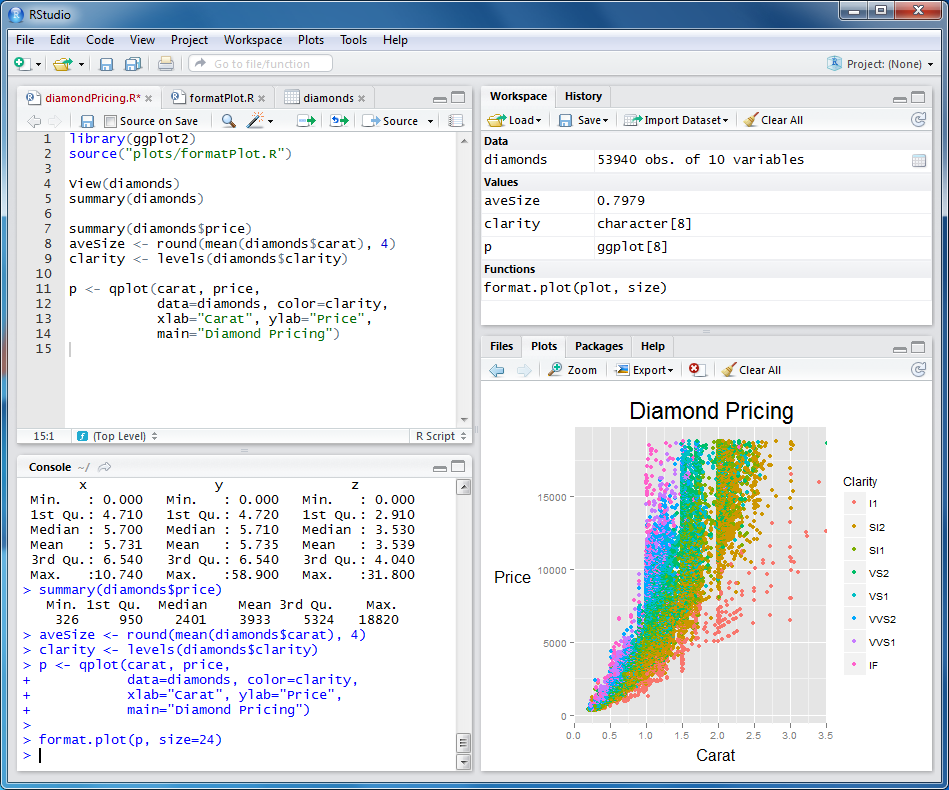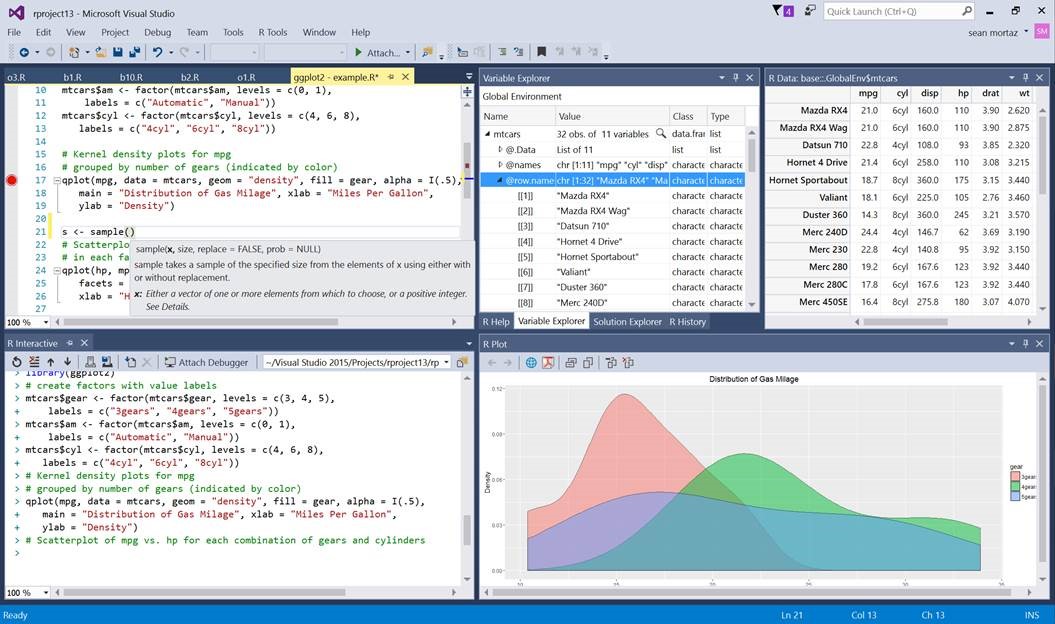

Otherwise you’re just equating correlation and causation.


#Statistical tools for data analysis r code#
Data which can only exist as one of a specific set of values - for example, house color or zip code.Numeric data which is restricted to certain values - for example, number of kids (or trees, or animals) has to be a whole integer.Numeric data which is not restricted to certain values - there are an infinite number of possible values.We measure the impacts of independent predictor variables on dependent response variables.A trait or condition that can exist in different quantities or types.

Each element of the vector are also called components, members, or values.Sequence of data elements of the same type.However, those discussions are buried in the text of the last chapter, so are hard to refer to - and I want to make sure these concepts are all contained in the same place, for a clean reference section. Instructors, contact your Pearson representative for more information.We’ve already discussed some data concepts in this course, such as the ideas of rectangular and tidy data. Students, if interested in purchasing this title with MyLab Economics, ask your instructor to confirm the correct package ISBN and Course ID. Note: You are purchasing a standalone product MyLab Economics does not come packaged with this content. Also available with MyLab Economics By combining trusted author content with digital tools and a flexible platform, MyLab(tm) personalizes the learning experience and improves results for each student. This coverage and approach make the subject come alive for students and helps them to become sophisticated consumers of econometrics. With very large data sets increasingly being used in economics and related fields, a new chapter dedicated to Big Data helps students learn about this growing and exciting area. The text incorporates real-world questions and data, and methods that are immediately relevant to the applications. The 4th Edition maintains a focus on currency, while building on the philosophy that applications should drive the theory, not the other way around. Engaging applications bring the theory and practice of modern econometrics to life Ensure students grasp the relevance of econometrics with Introduction to Econometrics - the text that connects modern theory and practice with motivating, engaging applications. For courses in introductory econometrics.


 0 kommentar(er)
0 kommentar(er)
